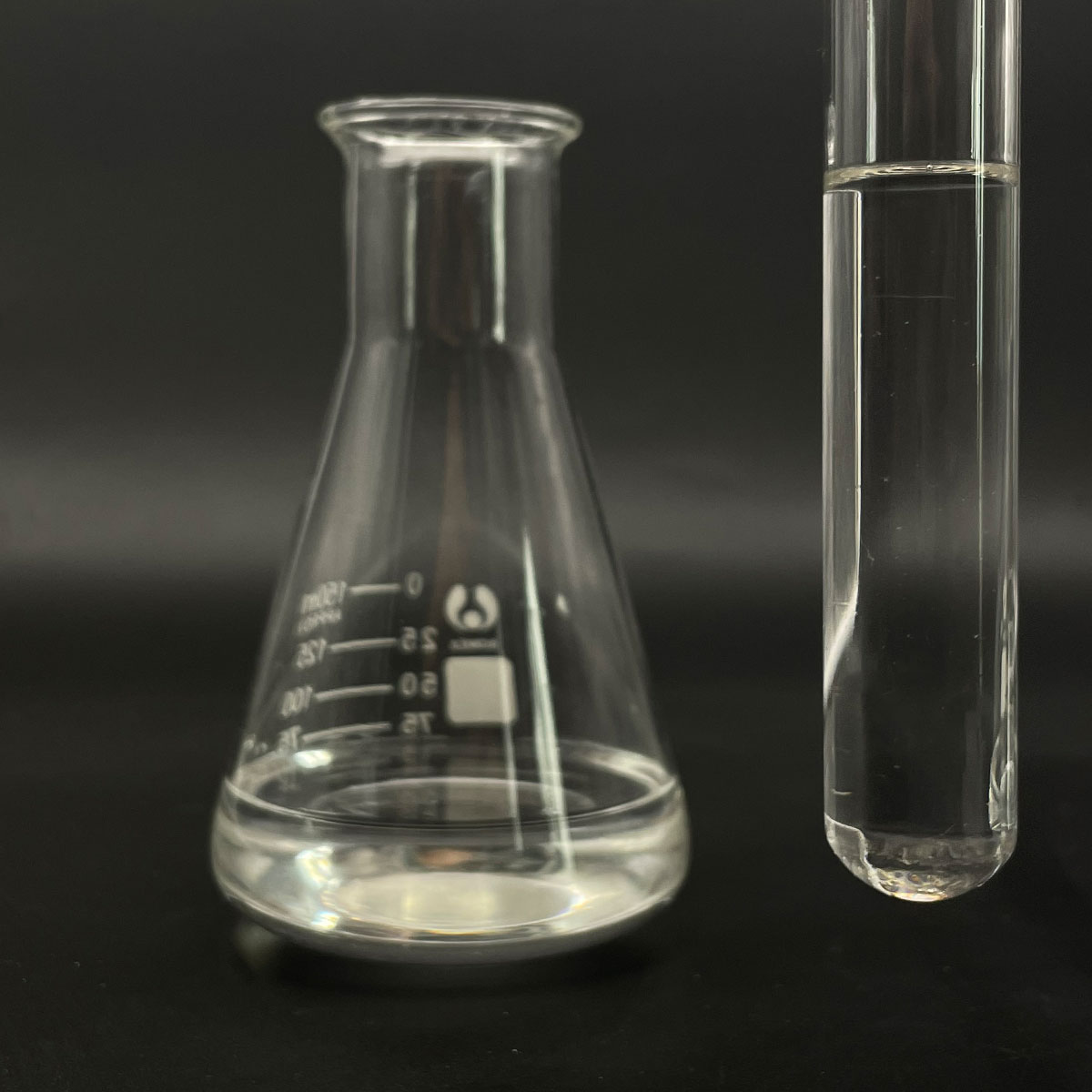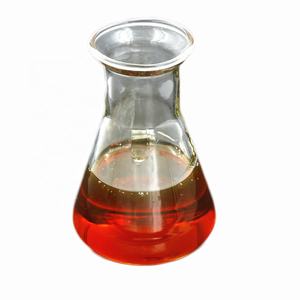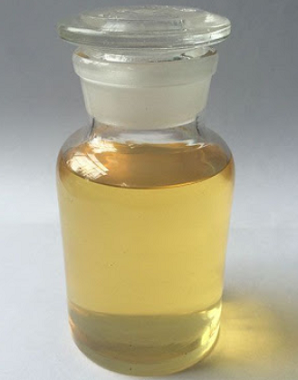Overview of SDS/Sodium CAS 151-21-3 Sodium Dodecyl Sulfate Anionic Surfactants
Anionic surfactants are a class of surface-active agents characterized by a negatively charged hydrophilic head group when dissolved in water. This charge arises from the presence of a sulfate, sulfonate, phosphate, or carboxylate group. They are among the most widely used surfactants due to their effective cleaning properties, foaming capacity, and broad compatibility with other formulation ingredients. Anionic surfactants find extensive application across industries, including personal care, household cleaning, textiles, and industrial processes.
Features of SDS/Sodium CAS 151-21-3 Sodium Dodecyl Sulfate Anionic Surfactants
-
Negative Charge: The anionic head group imparts water solubility and enables interaction with positively charged surfaces or particles.
-
Detergency: Exceptional at removing dirt, grease, and oils due to their strong polarity and ability to penetrate and disrupt these substances.
-
Foaming Properties: Many anionic surfactants generate stable and abundant foam, making them ideal for applications where lather is desired.
-
Cost-Effectiveness: They are often less expensive than nonionic, cationic, or amphoteric surfactants due to the abundance of raw materials and established production processes.
-
Compatibility: Can be combined with other surfactants to enhance performance or adjust properties, although care must be taken to avoid precipitation or incompatibility issues.
-
Environmental Considerations: Some anionic surfactants may pose environmental concerns due to their persistence or toxicity; however, biodegradable options are available.

(SDS/Sodium CAS 151-21-3 Sodium Dodecyl Sulfate Anionic Surfactants)
Specification of SDS/Sodium CAS 151-21-3 Sodium Dodecyl Sulfate Anionic Surfactants
Sodium Dodecyl Sulfate (SDS) is an anionic surfactant commonly used in cleaning and degreasing applications due to its ability to effectively remove dirt, grime, and oils from surfaces. It is available in several forms, including dry powder, liquid, and gel-based products.
The primary active ingredient in SDS is dodecyl sulfate, which has a molecular weight of approximately 425 g/mol. This high molecular weight results in a strong, resilient film that can effectively trap dirt and other particles on surfaces. The molecule also contains a carboxylic acid group, which creates a hydroxide ion that helps to draw away water molecules from the surface.
One of the key benefits of SDS is its broad compatibility with a wide range of media, including water, oil, soap, and alcohol. This makes it suitable for use in a variety of industrial and household applications, including laundry detergent production, food processing, and automotive cleaning.
In addition to its cleaning properties, SDS is also highly effective at removing grease and oil from various types of surfaces. Its ability to adsorb onto non-polar materials, such as metals and plastics, makes it particularly useful for removing greasy or greasy-stained surfaces.
One of the most important factors when choosing an anionic surfactant like SDS is its concentration. A higher concentration will result in a stronger film, but it may also be more expensive and less effective at removing certain types of dirt or stains. Therefore, it’s important to choose the appropriate concentration for your specific application based on the type of material being cleaned and the desired level of effectiveness.
Overall, sodium dodecyl sulfate (SDS) is an effective and versatile anionic surfactant that is widely used in many industries. Its ability to effectively clean and degrease surfaces while also providing excellent removal of grease and oil makes it a popular choice for a wide range of applications.

(SDS/Sodium CAS 151-21-3 Sodium Dodecyl Sulfate Anionic Surfactants)
Applications of SDS/Sodium CAS 151-21-3 Sodium Dodecyl Sulfate Anionic Surfactants
Sodium Dodecyl Sulfate (SDS) and Sodium Cas(151-21-3) sodium dodecyl sulfate anionic surfactants have been widely used in various industries for their exceptional cleaning, emulsifying, and capabilities.
In the food industry, SDS is used to remove excess oil and fat from foods and beverages. It can also be used as a foaming agent to create emulsions that allow for easy separation and removal of particles from surfaces.
SDS is also widely used in the pharmaceutical industry for its ability to dissolve various drugs and reduce the formation of. It is commonly used in personal care products such as toothpaste, shampoo, and to enhance their cleansing properties.
In the cosmetics industry, SDS is used to remove dirt and makeup from skin. It can also be used as a preservative in skincare products to help protect against bacterial growth and other microorganisms.
In addition to these industrial applications, SDS and CAS(151-21-3) are also being used in laboratory research to enhance the performance of various chemical reactions.
Overall, Sodium Dodecyl Sulfate and Sodium Cas(151-21-3) are versatile and effective surfactants that have a wide range of applications in different industries. Their unique properties make them valuable tools for professionals looking to improve the cleaning, emulsifying, and capabilities of their products.
Company Profile
SurfactantChina is a trusted global chemical material supplier & manufacturer with over 12-year-experience in providing super high-quality surfactant and relative products.
The company has a professional technical department and Quality Supervision Department, a well-equipped laboratory, and equipped with advanced testing equipment and after-sales customer service center.
If you are looking for high-quality surfactant and relative products, please feel free to contact us or click on the needed products to send an inquiry.
Payment Methods
L/C, T/T, Western Union, Paypal, Credit Card etc.
Shipment
It could be shipped by sea, by air, or by reveal ASAP as soon as repayment receipt.
5 FAQs of SDS/Sodium CAS 151-21-3 Sodium Dodecyl Sulfate Anionic Surfactants
1. What is sodium dodecyl sulfate anionic surfactant?
Sodium dodecyl sulfate anionic surfactant, also known as SDS, is a synthetic surfactant that consists of anions (sodium ions) and cations (dodecyl). It is used in various industries for its excellent cleaning and buffering properties.
2. How does SDS work?
SDS works by reducing the surface tension of water, allowing it to spread more easily over surfaces. The negatively charged anions in SDS interact with positively charged groups on surfaces, creating an ion exchange reaction that helps to remove dirt, oil, and other contaminants from surfaces.
3. Can I use SDS for cleaning purposes only?
While SDS can be effective at removing a variety of contaminants from surfaces, it may not be suitable for all cleaning tasks. For example, it may not be effective at removing grease or fat from surfaces. Additionally, it may not be effective at removing biological agents such as bacteria or viruses.
4. Are there any side effects associated with using SDS?
There have been some studies suggesting that high concentrations of SDS may cause skin irritation and allergic reactions. However, these symptoms tend to go away quickly after stopping use.
5. Are SDS suitable for all types of surfaces?
SDS is generally suitable for most surfaces, including water, oil, and greases. However, it may not be effective on certain materials, such as plastics or metal surfaces. It’s always a good idea to test a small area before applying SDS to a large surface to ensure that it won’t cause damage.

(SDS/Sodium CAS 151-21-3 Sodium Dodecyl Sulfate Anionic Surfactants)







